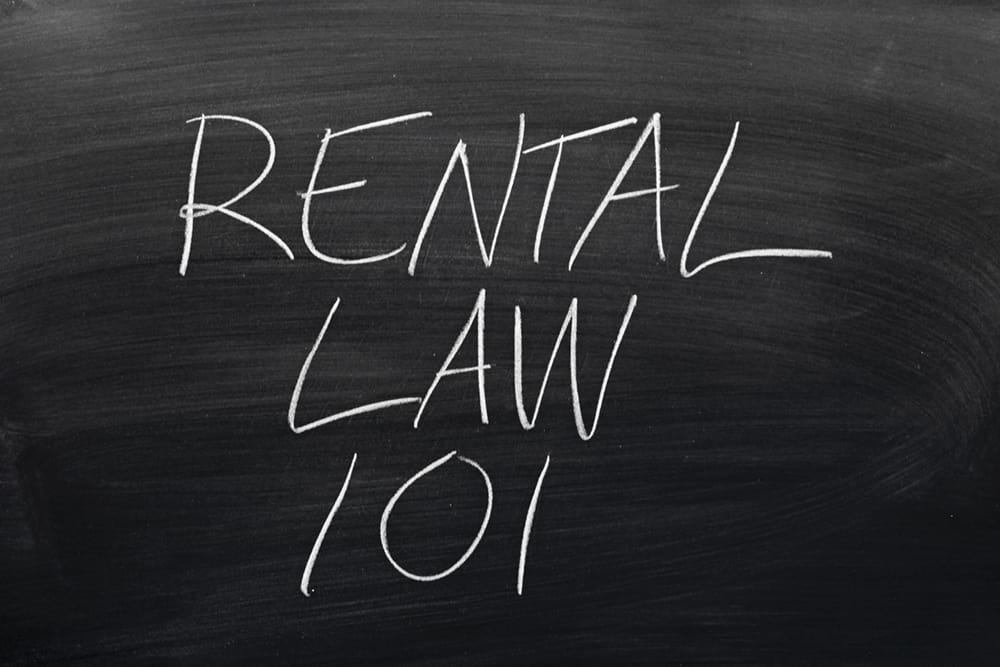
In New York, there are essentially two ways you can evict your tenant. The first is a non-payment proceeding. This is when the tenant stops paying rent, and you want to evict him based on his failure to pay rent. In a non-payment proceeding, the landlord is primarily concerned with money. If the tenant shows up to court and pays all the back rent claimed by the landlord, the non-payment proceeding will be dismissed, and the tenant will be allowed to stay in the apartment. This is commonly referred to as, “pay and stay.”
The second type of eviction proceeding is a hold-over proceeding. A hold-over proceeding is when a landlord wants to evict a tenant even if the tenant pays the rent on time. A hold-over proceeding is based on any lawful reason other than the failure to pay rent. This can occur after the expiration of a lease term if the landlord is not interested in renewing the lease and the tenant refuses to move, or if the tenant pays rent on time but there is some other issue, like if the tenant violates the terms of the lease, throws loud parties and disturbs the neighbors. If you just want your tenant to leave, even if he or she pays the rent in full, you probably want to initiate a holdover proceeding to evict your tenant.
Hold-over proceedings are also used to remove occupants who are not tenants. These include licensees, persons whose occupancy is incident to employment, squatters and certain other classes of occupants.
The procedures for initiating both types of actions are highly technical, and I’ll discuss each in further detail in future videos. Decide if a non-payment proceeding or a hold-over proceeding is best for you, and watch more of our videos or visit our website to learn more. As always, you can give me a call, right now, to discuss the best way to evict your tenant.








